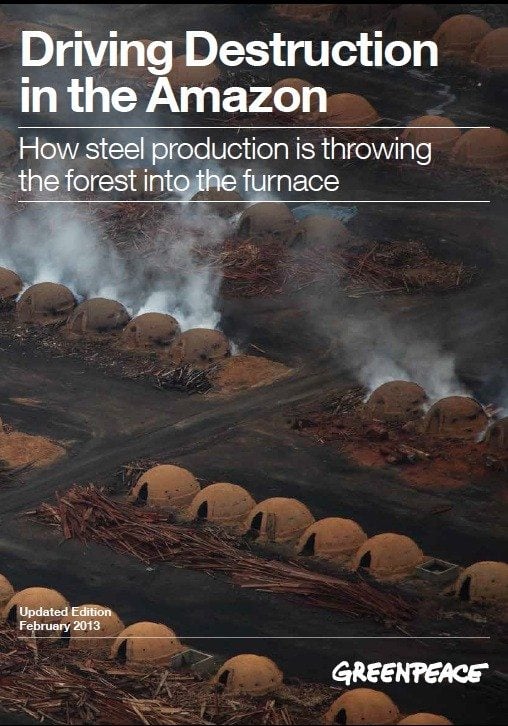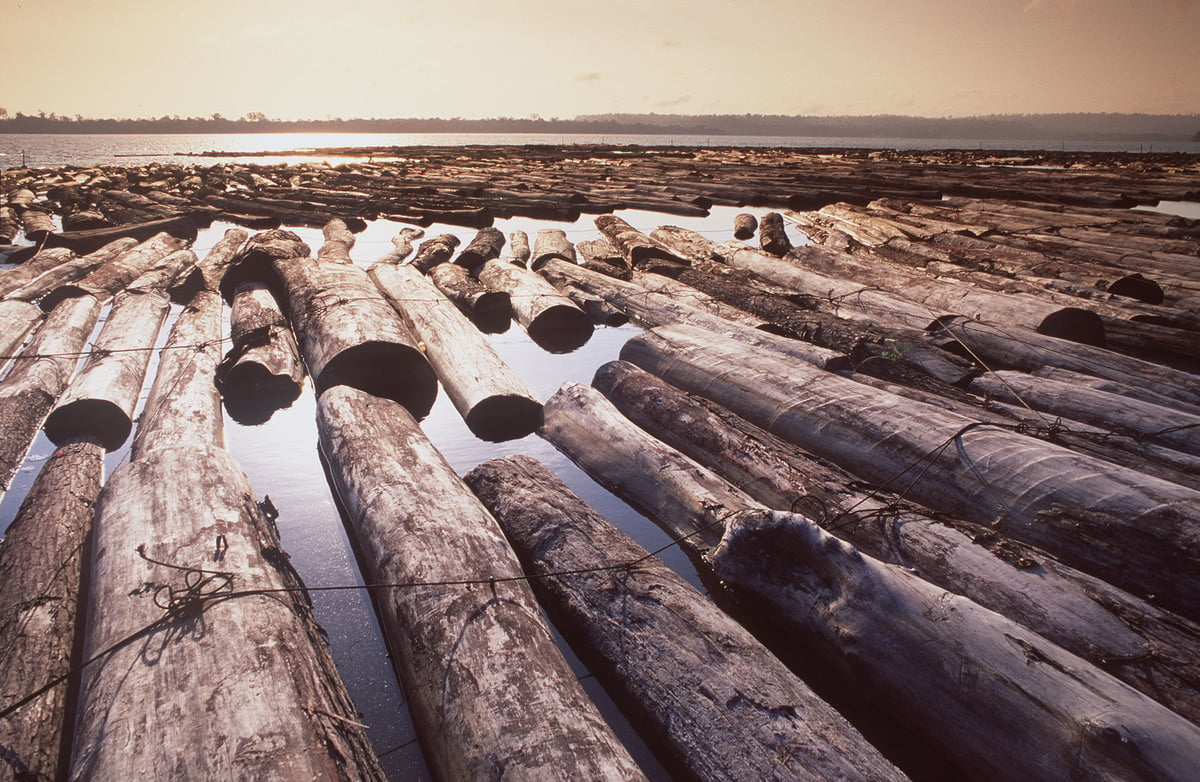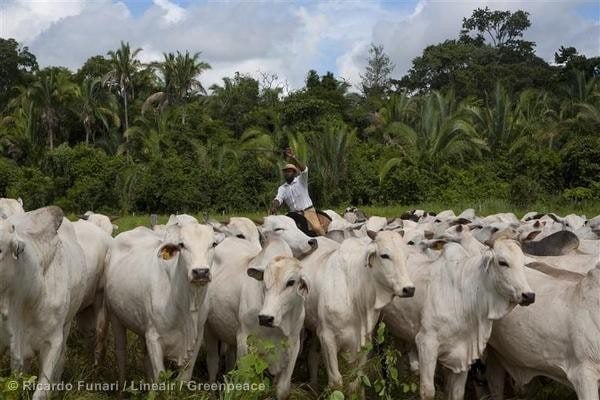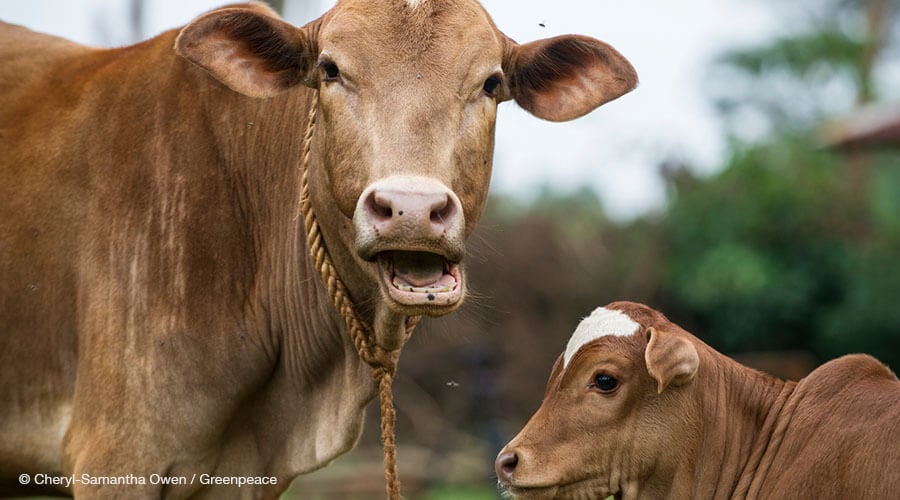
Brazil and the Amazon forest
The Amazon rainforest is the world’s largest intact forest. It is home to more than 24 million people in Brazil alone, including hundreds of thousands of Indigenous Peoples belonging to 180 different groups.
There’s a reason the Amazon was the place that inspired scientists to coin the term “biodiversity.” The region is home to 10 percent of all plant and animal species known on Earth. There are approximately 40,000 species of plants and more than 400 mammals, with almost 1,300 different varieties of birds and an insect population in the millions.
In addition to its unparalleled diversity of life, the Amazon plays an essential role in helping to control the planet’s climate. The Amazon Basin stores approximately 100 billion metric tons of carbon — that’s more than ten times the annual global emissions from fossil fuels.
While it covers 2.6 million square miles across nine countries — Brazil, Bolivia, Peru, Colombia, Ecuador, Venezuela, Guyana, Suriname, and French Guiana — about 60 percent of the Amazon Basin is in Brazil, where Greenpeace has focused its efforts.


In the last 40 years, the Brazilian Amazon has lost more than 18 percent of its rainforest — an area about the size of California — to illegal logging, soy agriculture, and cattle ranching. Despite the creation of protected areas in recent decades, most of the remaining forest is under threat.
Around the world, people like you have stepped up to demand policy reform, additional protected areas, and commitments from corporations that have slowed the rate of deforestation. Still, forest areas the size of entire cities are burned in the Brazilian Amazon every year to make way for cattle ranching and soy plantations. This has resulted in record-breaking level fires that are catastrophic for the climate and for Indigenous Peoples’ that rely on these forests.
An international campaign
Together with Greenpeace’s office in Brazil, the work in the Amazon investigates the on-the-ground impact global supply chains have in this regions to highlight the threats and pressure governments to do more. The work in the Amazon has included the award-winning Amazon Soy Moratorium, groundbreaking research on the International Market’s role in cattle-driven deforestation in the Amazon, and in defending critical forest areas from problematic infrastructure expansion.
Greenpeace International’s Amazon campaign includes adjacent biomes; the Cerrado Savanna Grasslands in Brazil, the Gran Chaco forests in Argentina, Bolivia, and Paraguay. While lesser-known internationally, these forests are critical in the fight against climate change and are under serious threat from the same drivers that impact the Amazon.
Learn more about…
-

The ‘Big, Beautiful’ Blunder: a bill that will live in infamy
WASHINGTON, D.C. (July 1, 2025)—In response to the passage of the “Big Beautiful Bill” in the United States Senate, Greenpeace USA Deputy Climate Program Director, John Noël, said: “This is…
-

Wrecking the future: the Trump war on the ocean, climate, and communities
Wrecking the future: The Trump war on the ocean, climate, and communities. Dismantling climate and oceans protections.
-

This hurricane season Greenpeace USA helps deliver Uncle Sam’s disturbing message to America
Greenpeace USA deployed a banner at the Federal Emergency Management Agency (FEMA) headquarters to assist in making Uncle Sam’s message to the country crystal clear: this hurricane season, you are…
-

Greenpeace Report: Click Clean Virginia
San Francisco and “Silicon Valley” may first come to mind when imagining the home of big internet companies, but the physical beating heart of the internet…
-

Logging: The Amazon’s Silent Crisis
Governance in the timber sector in the Brazilian Amazon is weak and open to exploitation, allowing criminals launder illegal timber as legal with official documentation. It is estimated that in…
-

Driving Destruction in the Amazon
Two years of Greenpeace investigations, summarized in this report, reveal that end users including major global car manufacturers – indirectly or directly source pig iron whose production is fueled by…
-

Mahogany – The “Green Gold” of Amazon Destruction
Download document Num. pages: 0
-

Slaughtering the Amazon
Download document Executive summary: Zero deforestation is a climate imperative Forests play a vital role in stabilizing the world’s climate by storing large amounts of carbon that would otherwise contribute…
-

Amazon Cattle Footprint
Download document Num. pages: 16
-

Amazon Cattle Footprint, Mato Grosso: State of Destruction
Download document Executive summary: Cattle ranching is the primary driver of forest destruction in the Brazilian Amazon, with 79.5% of deforested land used for cattle pasture. Using specialized techniques to…
-

Amazon Deforestation Agreement
Download document
-

Eating Up the Amazon
Download document
-

The Amazon’s Major Threat: Illegal Logging
Download document






